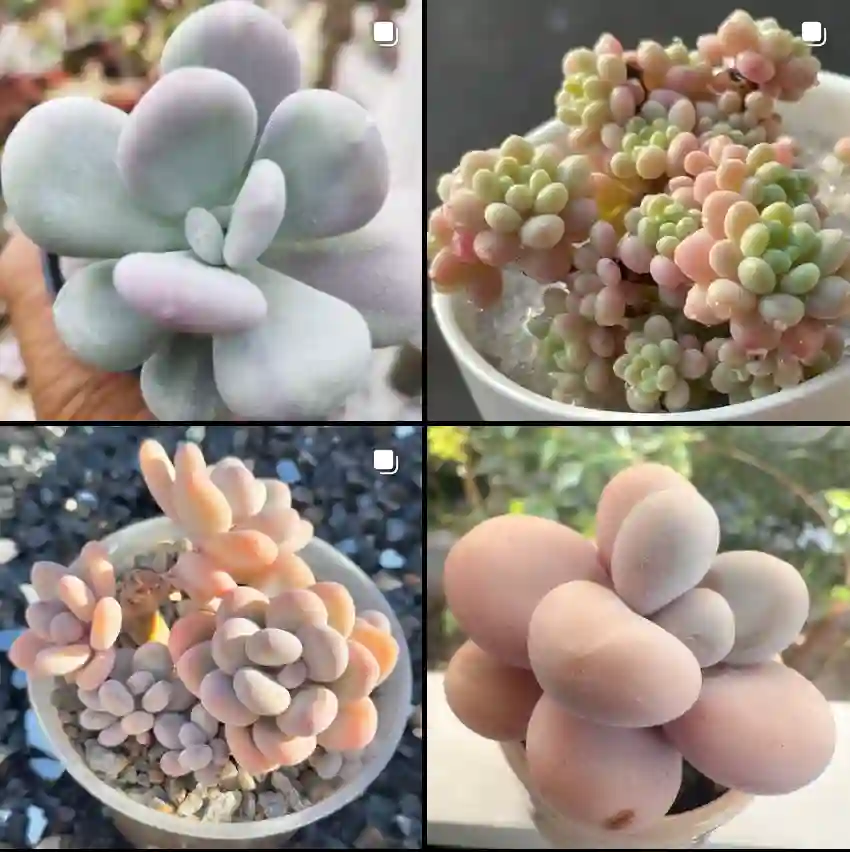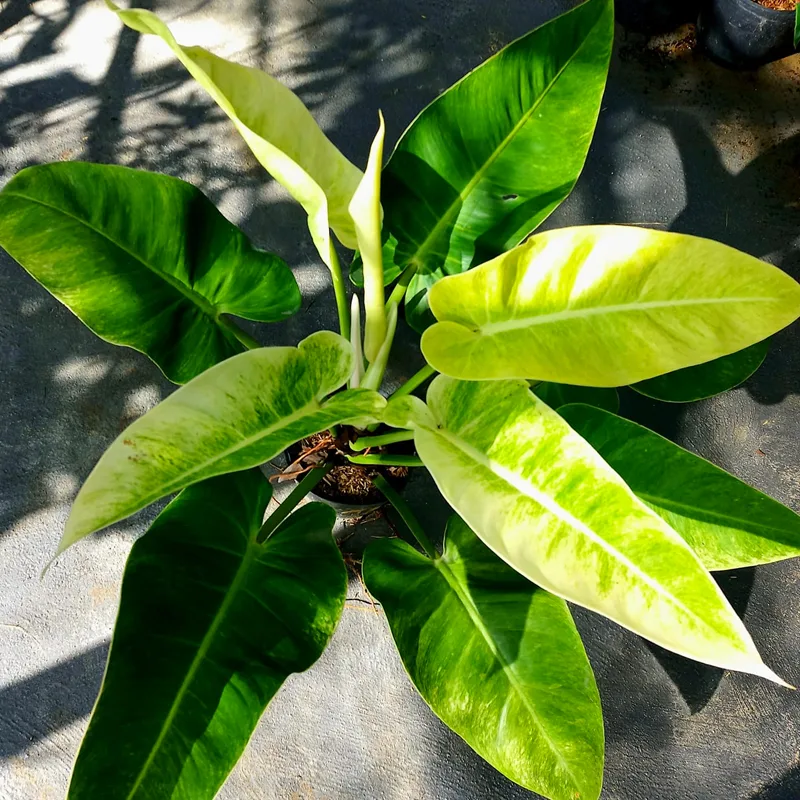
What is Cercocarpus Betuloides?
Cercocarpus Betuloides, commonly known as Mountain Mahogany, belong to the Rosaceae family, is a hardy, evergreen shrub native to the western United States. This plant is recognized for its small, oval leaves and distinctive, fluffy seed heads. It thrives in rocky, well-drained soils and is often found in mountainous regions. Mountain Mahogany’s adaptability makes it an excellent choice for xeriscaping and low-maintenance gardens.
Plant Family: 115 Genera Rosaceae – Rose Family
How to Care for Cercocarpus Betuloides?
Cercocarpus Betuloides is relatively low-maintenance, making it an ideal choice for gardeners seeking a resilient plant. Here are some key care tips:
- Sunlight: This plant prefers full sun, though it can tolerate partial shade. Ensure it receives at least six hours of direct sunlight each day.
- Watering: Once established, Cercocarpus Betuloides is drought-tolerant. Water it deeply but infrequently to encourage deep root growth. Avoid overwatering as it prefers dry conditions.
- Soil: It thrives in well-drained soils. If your soil is heavy or clayey, consider amending it with sand or gravel to improve drainage.
- Pruning: Light pruning helps maintain the plant’s shape and remove any dead or damaged branches. Prune in late winter or early spring before new growth begins.
- Fertilizing: Generally, Cercocarpus Betuloides does not require regular fertilization. If growth appears slow, a balanced, slow-release fertilizer can be applied in early spring.
How to Propagate Cercocarpus Betuloides?
Propagating Cercocarpus Betuloides can be done through seeds or cuttings:
- Seeds: Collect seeds from mature plants in late summer. Scarify the seeds (by lightly sanding or soaking) to break dormancy. Sow seeds in a well-draining potting mix and keep them moist until they germinate. Transplant seedlings once they are large enough to handle.
- Cuttings: Take semi-hardwood cuttings in late summer or early fall. Dip the cut end in rooting hormone and plant it in a well-draining potting mix. Keep the cuttings in a humid environment and wait for roots to develop before transplanting them into the garden.
What to Plant With Cercocarpus Betuloides?
Cercocarpus Betuloides pairs well with other drought-tolerant plants and those suited for xeriscaping. Consider planting it with:
- Lavender: Adds a fragrant and colorful contrast.
- Succulents: Such as Sedum or Echeveria, for a low-maintenance, water-wise garden.
- Sage: Provides a complementary texture and color.
- Rocky Ground Covers: Like Creeping Thyme or Sedum, which thrive in similar conditions.
Is Cercocarpus Betuloides Toxic?
Cercocarpus Betuloides is not known to be toxic to humans or animals. It is a safe plant to include in gardens frequented by pets and children.
Benefits of Cercocarpus Betuloides
- Drought Tolerance: Its ability to withstand dry conditions makes it an excellent choice for water-efficient landscaping.
- Low Maintenance: Requires minimal care once established, reducing the need for frequent watering and pruning.
- Erosion Control: Its extensive root system helps stabilize soil on slopes and prevent erosion.
- Wildlife Habitat: Provides shelter and food for local wildlife, including birds and insects.
Common Problems with Cercocarpus Betuloides
- Pest Issues: While generally pest-resistant, it may occasionally suffer from aphids or scale insects. Regular inspection and appropriate treatments can manage these issues.
- Disease: Cercocarpus Betuloides is relatively disease-free, but root rot can occur in poorly-drained soils. Ensure proper drainage to avoid this problem.
- Environmental Stress: Extreme heat or drought can cause stress, leading to leaf drop. Regular, deep watering can help mitigate this issue.
Compare with Similar Plants
Cercocarpus Betuloides vs. Cercocarpus Ledifolius:
- Both are hardy shrubs but Cercocarpus Ledifolius (Ledgeleaf Mountain Mahogany) is better suited for drier, rockier soils and has smaller leaves compared to Cercocarpus Betuloides.
Cercocarpus Betuloides vs. Manzanita (Arctostaphylos spp.):
- Manzanitas are also drought-tolerant and evergreen but typically have more colorful bark and berries. They may require slightly more care in terms of soil acidity compared to Cercocarpus Betuloides.
Final Thoughts
Cercocarpus Betuloides is a versatile and resilient plant that offers numerous benefits for a low-maintenance garden. Its drought tolerance and ability to thrive in poor soils make it an excellent choice for various landscapes. With the right care and a thoughtful planting scheme, it can provide a reliable and attractive addition to your garden.
If i die, water my plants!



